|
~by Amanda Smith Over the last two weeks we have looked at linear and circular story structures, and ways in which we can jazz up these basic structures. In some books, though, structure transcends itself. It becomes more that the skeleton on which the story hangs. Structure becomes meaning. In these kinds of books, the author adds an extra layer that lies, like some magical being, just beneath the surface of the story. It piques the curiosity in advanced readers to dig deeper. And once it is uncovered, it contributes to a deeper understanding of the text and a more exciting read. This “form has meaning” internal structure is most evident in novels in verse, such as Solo by Kwame Alexander or The Poet X by Elizabeth Acevedo. The Poet X is written in three parts that distinctly highlights sections of the main character's struggle to find her voice. Xiomara’s way to her voice takes on an internal journey (circular) structure, but each part is titled by a quote from scripture that applies to Xiomara’s experiences, awareness, and growth within that part, thus structure equals meaning. Examples where form echoes meaning are the poems in which she argues with her mother, where the two voices are in two languages, or where her mother argues with biblical quotes that she answers with her poetry, as well as the assignment pieces Xiomara writes for her English class. She writes “What I wanted to say” – her true voice – in poetry. But “What I actually said” is in prose, an symbol of her constricted voice. 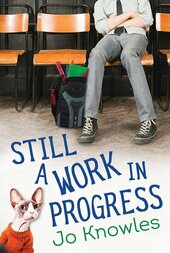 Structure as meaning is not exclusively reserved for novels in verse. In Still a Work in Progress, by Jo Knowles, the chapter headings are requests found in the school’s suggestion box. They provide comic relief, shines a light on the setting and characters, and acts as the backbone of the story. Initially the headings are silly and lighthearted, but towards the end of the novel, they become sincere and encouraging, telling their own story of growth and development within the student body, and also highlighting the emotional arc of the main character. Two chapters do not have headings. These chapters take place when the main character is not at school, and therefore wouldn’t have known the suggestions placed in the box. This detailed attention to structure lets the reader know that the headings are not just there, but should be further inspected to find the underlying treasure. Gary Schmidt builds Wednesday’s Wars around the plays of Shakespeare, and Okay for Now around Audubon’s Book of Birds. Neither one of these topics are at the core of the story, but the plays and the bird images help reveal character growth, add levels of symbolism, and provide a solid structure around which the plot is shaped. In Okay for Now the metaphor of Audubon’s birds is used as an organizing thematic pattern. Not only does the reader have images of the birds at the beginning of each chapter that create a circle structure beginning and ending with the Arctic Tern, but also the book is saturated with imagery. The author uses the bird imagery in structure and story arc. The main character recognizes the imagery in the bird pictures and keeps drawing metaphors from his study of these paintings. Thus, the reader enjoys layers of metaphors, created both by narrative and structure, which leads to multiple levels of understanding and immense depth of meaning. Mary’s Monster, Lita Judge’s biography of Mary Shelley, is one of those books where, at first glance, the structure seems like a purely practical choice, but once a reader looks deeper, the structure adds meaning to the content. Using three distinct voices in three different fonts, Judge mirrored the three voices in Mary Shelley’s Frankenstein’s Monster. Judge’s book is also presented in nine parts, echoing the nine months it took Shelley to write her novel. At the beginning of each part, Judge uses quotes that is relevant to that section, and her artwork at the end of each of the nine parts acts as a full stop. It is a snapshot of that moment in Shelley’s life, a moment for the reader to take a breath, and an indication that something is about to change. Lita Judge’s novel invites curious readers to investigate, and they will not be disappointed at the layers of meaning and symbolism buried in the structure. The structure of The Inquisitor’s Tale (Or Three Children and Their Holy Dog) by Adam Gidwitz mirrors medieval texts, such as Canterbury Tales. In this book the structure supports the medieval setting, educates readers about medieval texts, but also provides opportunity for multiple narrators in a way that is accessible to young children. Meaning in structure is also attainable in picture books. In 2015 Caldecott Medal winner Beekle, author-illustrator Dan Santat uses the whole book’s physical structure to deliver the full message. On the front end-papers the reader sees many children with their imaginary friends. Each child-imaginary friend duo has their thing they do together – their purpose. But Beekle, centered on the right-hand page, stands alone. When we get to the last full-spread of the book, we find Alice and Beekle surrounded by drawings of their adventures. These drawings are images from the book we are holding in our hands. On the back end-papers, Beekle and Alice appear together in the center between all the other children and their imaginary friends, holding the book Beekle. Making this book was their purpose. The structure of the book echoes the meaning of the book that is about the making of this book. 2018 Caldecott winner Wolf in the Snow by Matthew Cordell has a mirroring circular structure. The wolves’ journey mirrors the girl’s. This mirroring reflects the theme that we are the same, and have the same basic needs, regardless our appearance. The story structure is echoed in the circle motif of some of the illustrations. In Drawn Together, written by Minh Lê and illustrated by Dan Santat, structure contributes to the readers understanding of the relationship between grandfather and grandson. Initially the illustrations are in frames, like a comic book, alluding to the boxed-in, restricted relationship between the two characters. As they find common ground, the frames disappear and the images are full of detail, color and movement. When the distance between them resurfaces, they are back in the frames, until they use their new tools to break out together in spectacular fashion, revealing the spread with the most movement and color. As a graphic memoir, Hey Kiddo, by Jarrett J. Krosoczka, has a chronological, linear structure. The art is the simple line drawings we’ve come to love in books like Lunch Lady or Jedi Academy, but the muted color palette communicates to the reader that the subject matter is not light. Each chapter kicks off with a spread that uses Jarrett’s grandmother’s kitchen wallpaper as a background. Collaged on this pineapple wallpaper are mementos from his youth: letters from his mother, invitations, photographs and artwork from his childhood. The juxtaposition between the comic-style drawings and the real-life artifacts is a powerful reminder that what the reader encounters, really happened, and that one can overcome hardship with perseverance, humor and love. When I encounter books like these, I often wonder about the author’s process. At what point in the writing did structure become meaning? I have had the privilege to ask both Kate Messner and Gary Schmidt this question. For both of them, the focus on meaningful structure happens after the first draft. Gary said that once he has the story on paper, he looks for the recurring themes, or objects, and then delves deep into that to make the most of it. Kate said, “ Mostly, those kinds of threads appear as I’m writing, and then I go back and strengthen them during the revision process.”
As you read mentor texts for research, pay attention to the internal structure. Is it simply a skeleton? Or does the structure contribute to meaning? And as you plot your own work, take some time to consider the backbone of your story, and whether your structure can be purposeful in more than one way. What suits your story best? What can you tease out or build upon to give your WIP an additional layer of meaning for those analytical readers?
0 Comments
Leave a Reply. |
Peruse blogs for advice and tips from KidLit creatives.
Categories
All
Archives
April 2024
Click to set custom HTML
Click on the RSS Feed button above to receive notifications of new posts on this blog.
|
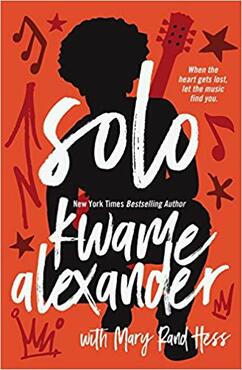
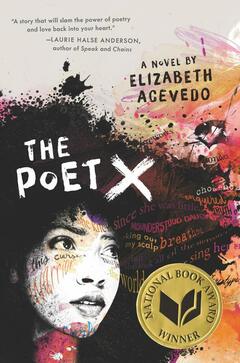
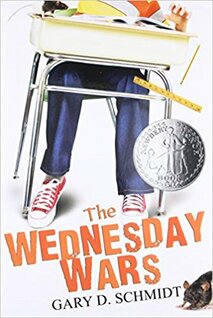
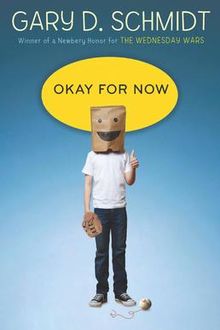
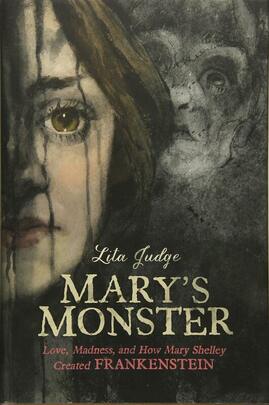
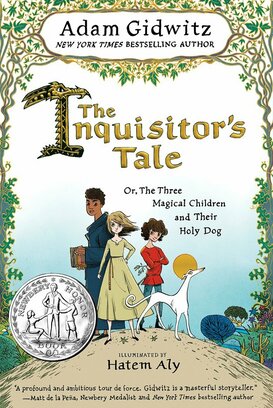
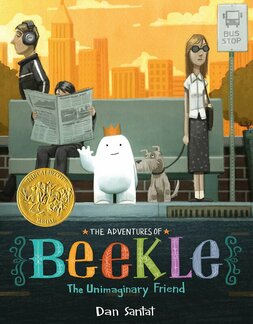
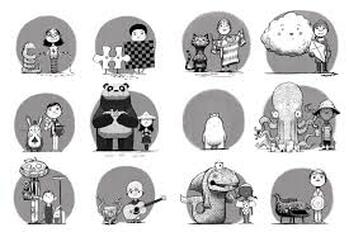
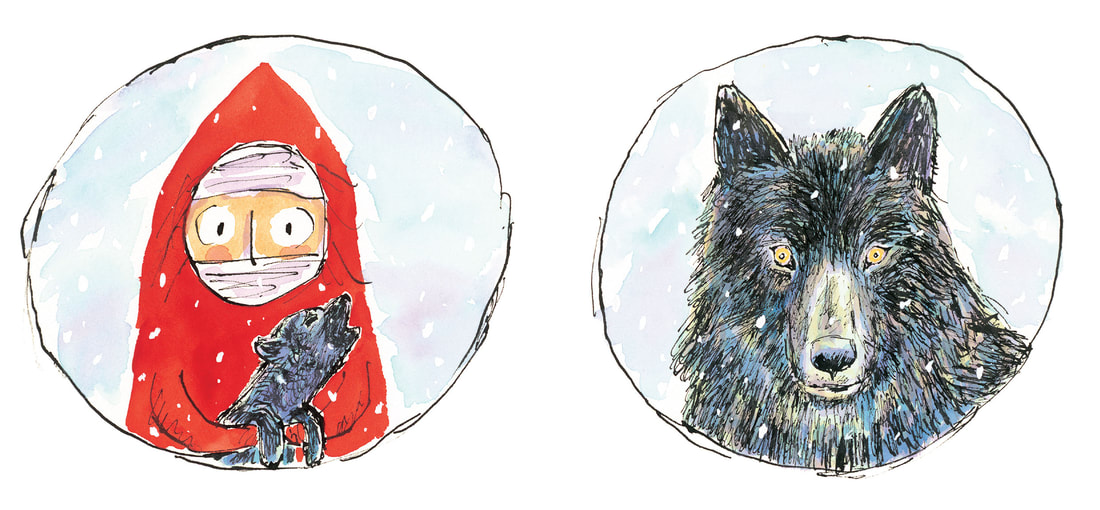
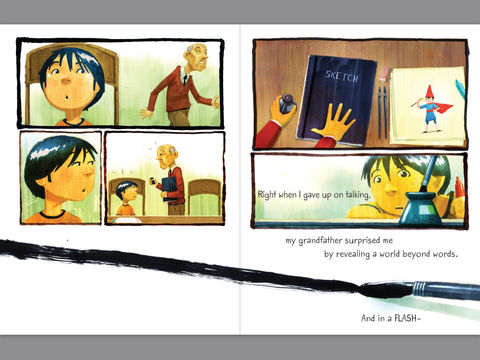
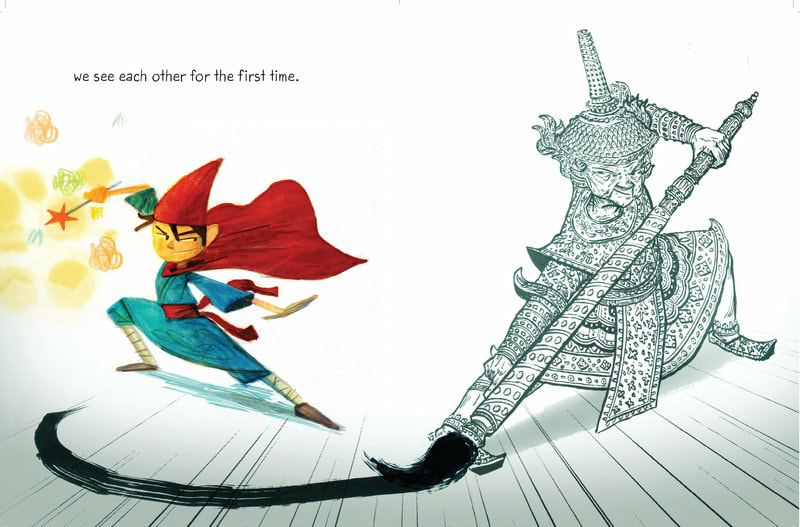
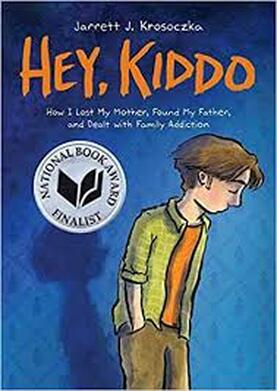
 RSS Feed
RSS Feed